Note: The new Platypod eXtreme has now replaced the Platypod Max.
The Platypod Max is an anodized aluminum plate with a variety of 1/4″-20 and 3/8″-16 threaded holes in it. In the center of the plate is also a fixed 3/8″ 16 stud for mounting a ball head. Four small feet allow you to adjust the height and angle of the plate. These feet can be stowed away into a case when not in use. The idea behind the Platypod Max is that it gives you a multi-functional, lightweight support platform that can replace a tripod in some situations.
Intrigued about how useful I would find it, I purchased one from B&H Photo, and in this post, I’ll give you my thoughts and explain when I ended up finding uses for it.
Table of Contents




Platypod Max Specifications and Features
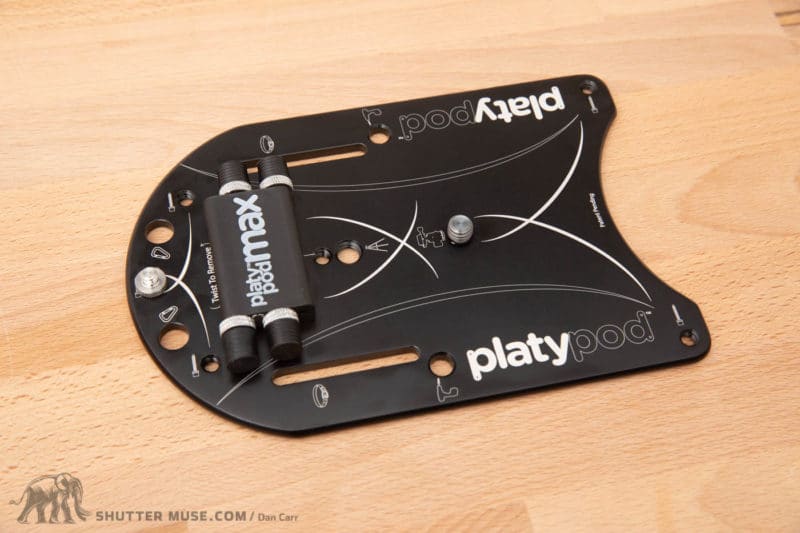
- Fiberglass-reinforced nylon removable “bayonet style” storage box that holds four 1/4-20 spike feet. Small magnets hold spikes when stored.
- Five 1/4-20 threaded holes to allow use of spike feet in configurations of one, two, three, or four at a time.
- Two 2-inch belt slots to secure to any cylindrical object or to tape onto floors for remote camera setups.
- Made of 6061 black anodized aircraft-grade aluminum. 5 mm thick. 5.25 x 7.75”
- 1/4-20 and 3/8-16 accessory threaded holes for attachment to tripods or quick-release devices.
- 3/8-16 TA2 titanium photographic bolt drilled, countersunk and welded in place for large tripod ball heads, even with spike feet in place.
- Two nail/tent peg holes for permanent or semi-permanent mounting.
- Weight: 13 ounces, including spikes.
- 1/4″ – 1/4″ male-to-male crossnut included (you can see it mounted on the front in the photos).
When is the Playpod Max useful?
I have had my Platypod for a couple of years and found it helpful in several situations, so I continually call it a multi-functional support system. Firstly, it’s useful for macro photography when you need to get very low. If your tripod has a center column, that will limit how low you can get to the ground. While I’m aware that most tripod center columns are removable with tools, in the field this is a pain in the ass, and it’s much easier to grab the Platypod instead.
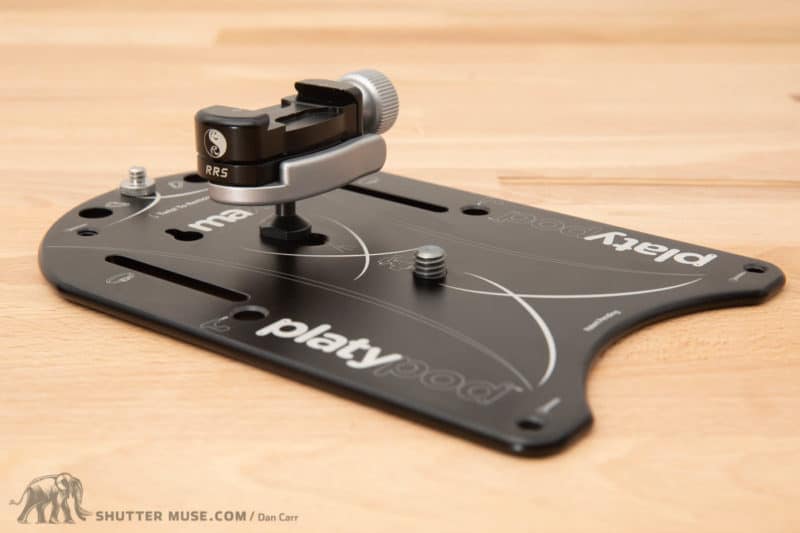
The second use for the Platypod Max is for low-angle landscape shots with an ultra-wide lens. Keeping the tripod legs out of the image on lenses wider than 16mm can be very hard when using a tripod. The Platypod can help if you’re going for a really low shot or have a natural object like a rock or log to rest the Platypod on.
The third use for the Platypod Max is as a lightweight travel solution when you don’t have the space or weight allowance to travel with a tripod. Of course, many places have “no tripod” rules, and the Platypod will help you create a stable shooting platform in these locations. I have never heard of any of these “no tripod” locations having an issue with something like the Platypod because the primary concern of these locations is tripod legs causing congestion and trip hazards. As long as you use the Platypod raised off the ground in some way, then you aren’t causing a problem.
The fourth use I have found for it is super telephoto lenses when you need low-angle wildlife shots. If you buy a generic plastic frisbee from Amazon, you can place the Platypod into it and use it to push your setup along the ground to sneak closer to your subject. It works particularly well on sandy beaches with shorebirds. You are creating a version of the popular Naturescapes Skimmer but with a more extensive range of uses. If you use this particular setup often, you might consider drilling a 1/4″ 20 stud into the frisbee and using that to secure the Platypod. I have also used a piece of rubber in my frisbee to provide a little more grip.
Finally, I have also been getting into wildlife camera trapping. The Platypod Max is very useful as a support for the camera trap on the ground or strapped to a tree using a standard nylon ratchet strap. When placed on the ground, the corner holes of the Platypod Max can be used with tent pegs to keep the setup solid, even if a curious wolf or bear is having a good ol’ sniff of the camera. While I no longer shoot professional sports, I would have loved to use this as a remote camera plate in those circumstances.
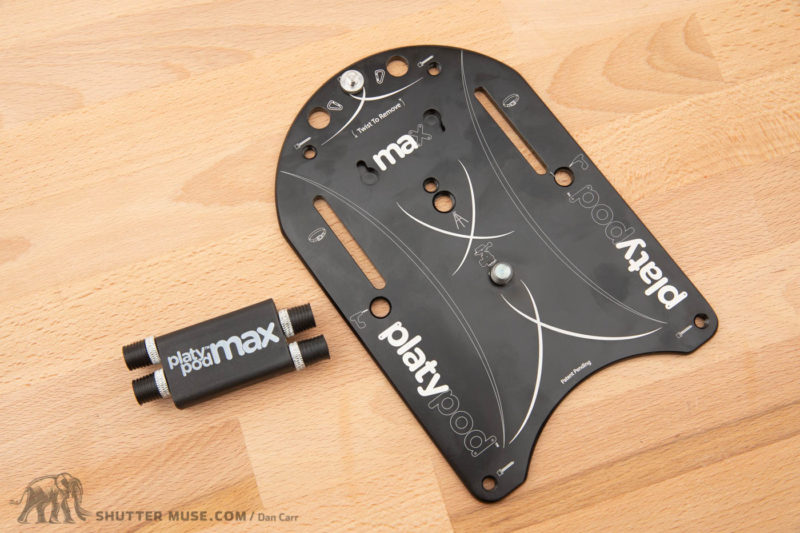
Platypod Ultra Vs. Platypod Max
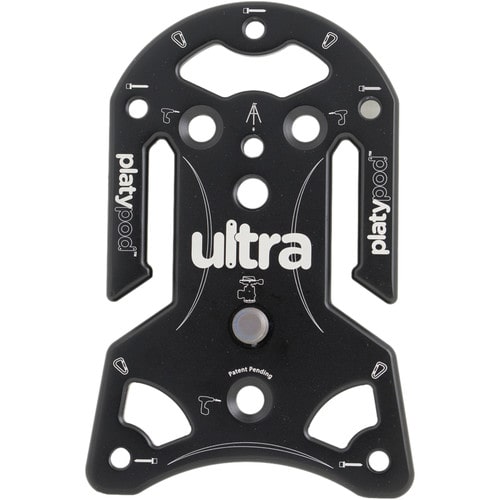
Platypod currently makes two models: the Ultra and the Max. They provide ample size to mount any ball head on the market, but the Ultra offers significantly less surface area when balancing a heavy setup with a larger lens. This isn’t too much of an issue if you are using the Platypod as a stabilizer, with one hand remaining on the camera at all times, but it would be more of a concern if you want to go hands-off for things such as longer exposures, time-lapses or self-portraits. I think the Max offers enough stability for it to be worth spending the extra few dollars.
Conculsion
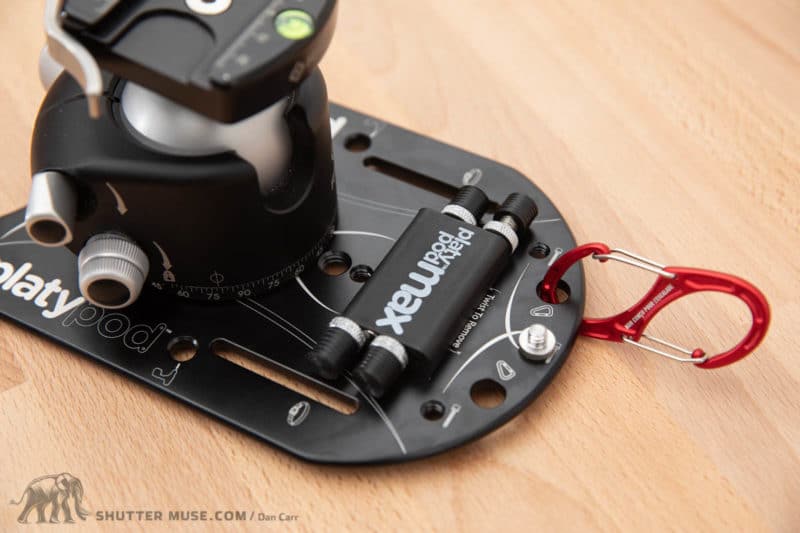
The Platypod Max is on of those accessories you’ll keep finding new uses for the longer you own it, which is why it finds a place in my Best Support Accessories gear guide. I also think the price is very fair for the product’s well-machined, well-anodized, quality feel. In fact, I’d say that it has a Really Right Stuff-esque feel, which is a huge compliment.
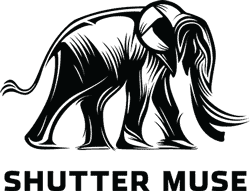

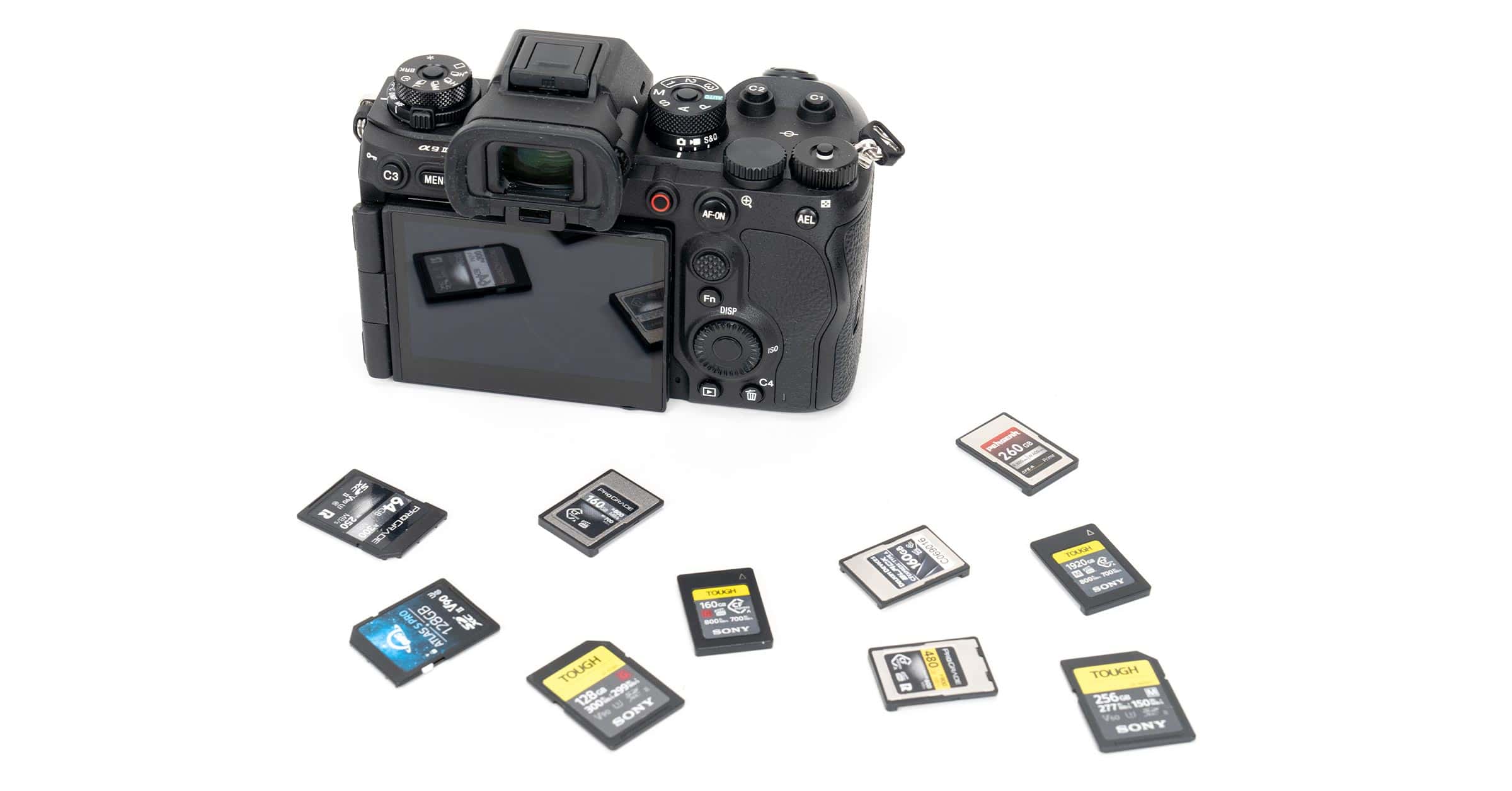
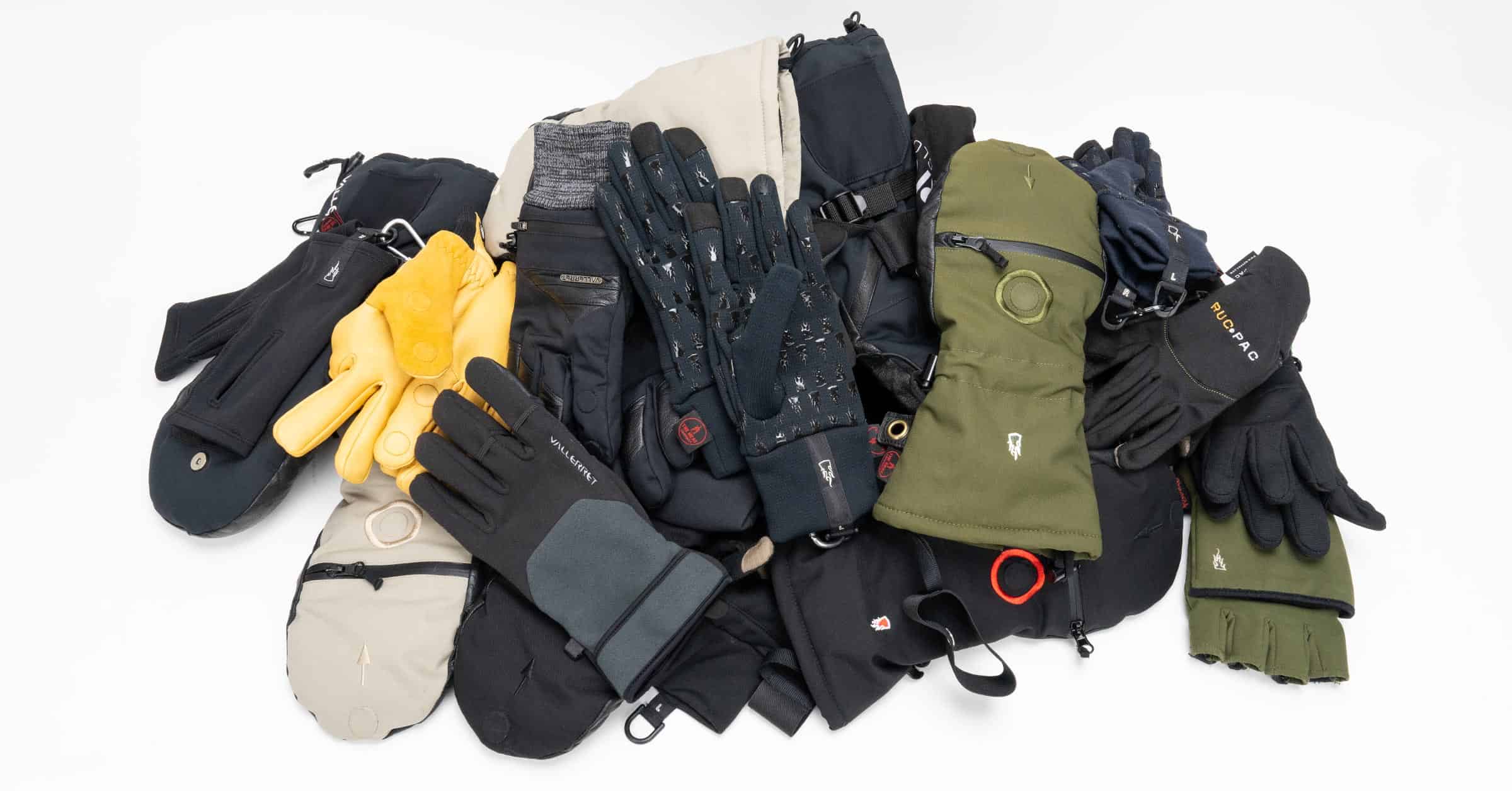
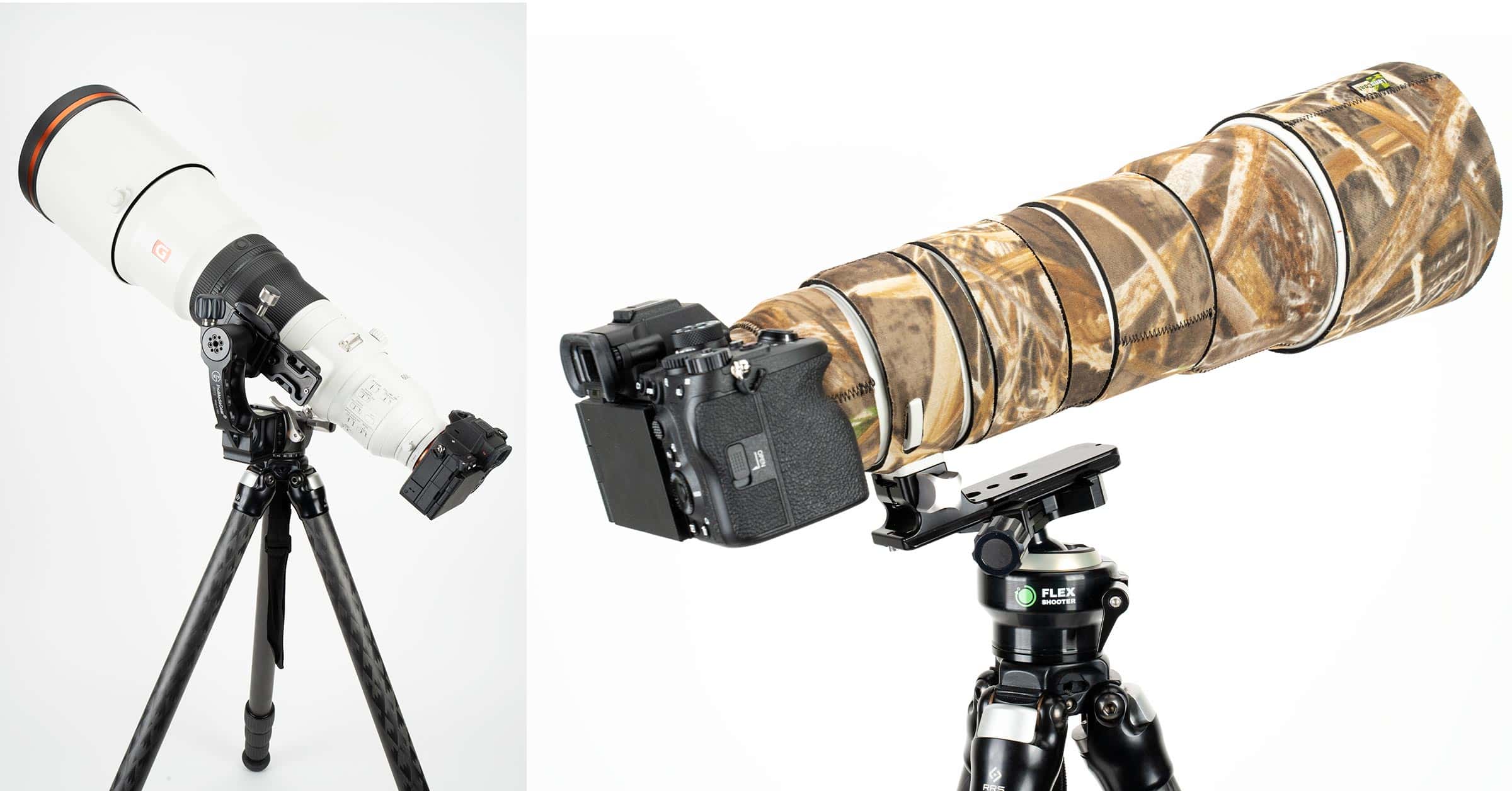
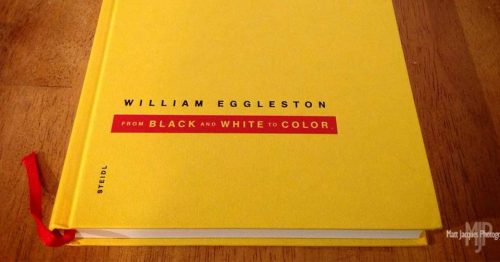
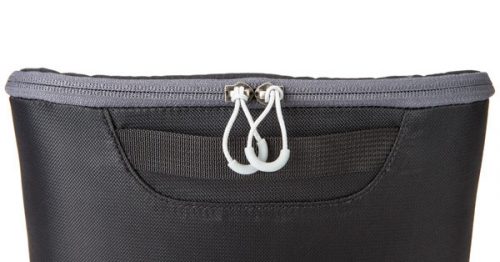
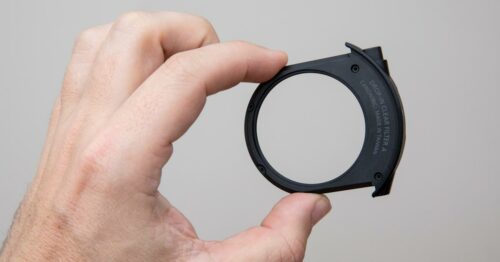
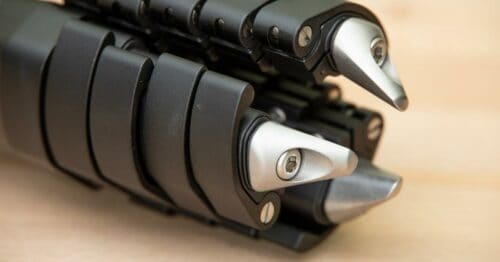
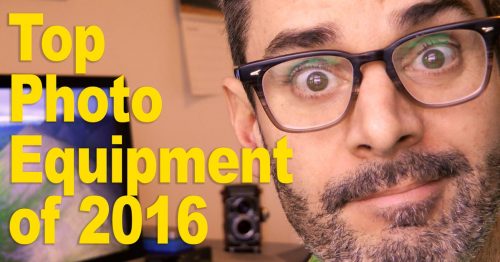

Great review Dan! Wondering if you have had the chance yet to review the Platyball tripod head from Platypod???
Hi Susan. I have not, I’m afraid.